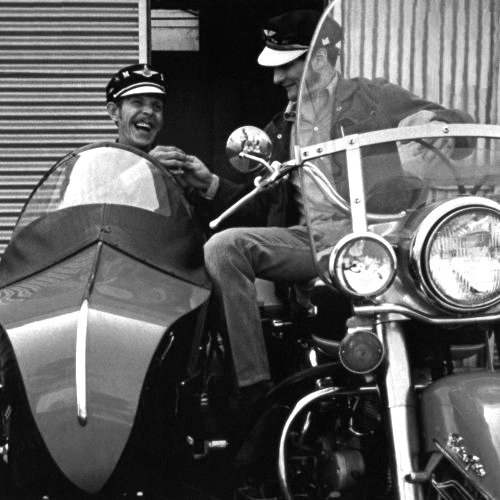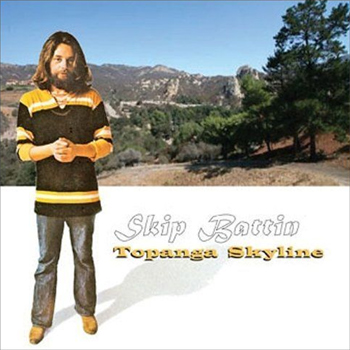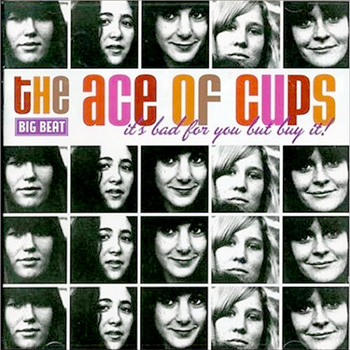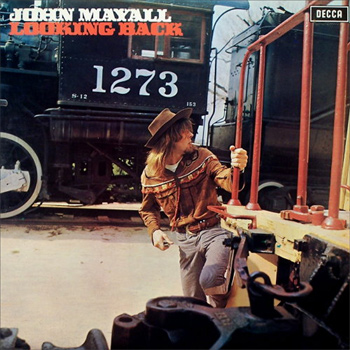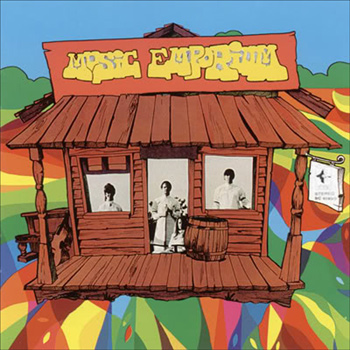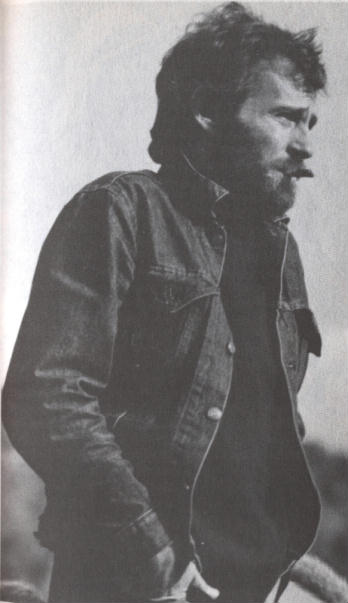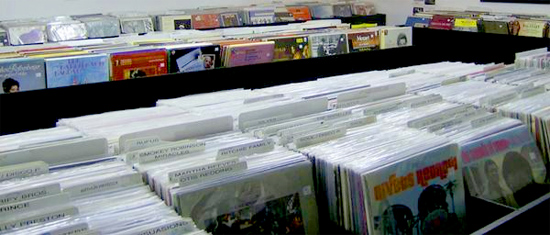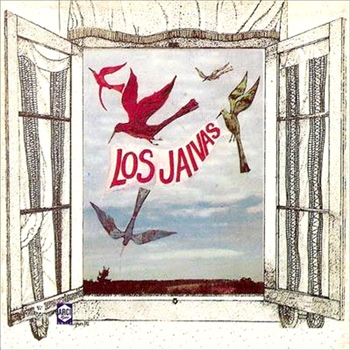PODCAST 26 Garage,Pop

I Want to Hold Your Hand (1968-) – The Moving Sidewalks
Naughty Girl (1965/1966) – The Missing Links
Sad and Lonely and Blue (1966) – The Easybeats
I’m On Fire (1968-) – The Easybeats
Calm Me Down (1966) – The Human Expression
Her Face (1966/1967) – Steve Ellis and the Starfires
You Lied To Me Before (1966) – The Treez
You’re Too Young (1965) – The Vagrants
I’ll Come To You (1967) – The Elite
Gone To The Moon (1966) – The Savages
Out of the Question (1967 – from the Future LP) – The Seeds
Download: Podcast26.mp3
To subscribe to this podcast: https://therisingstorm.net/podcast.xml [?]
